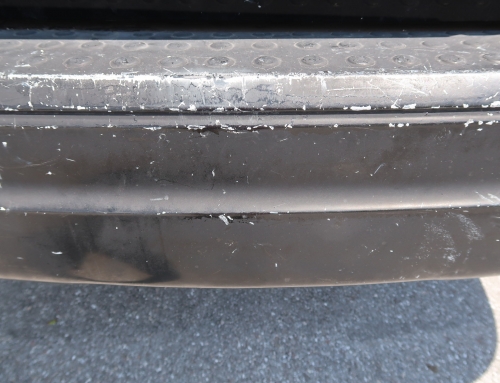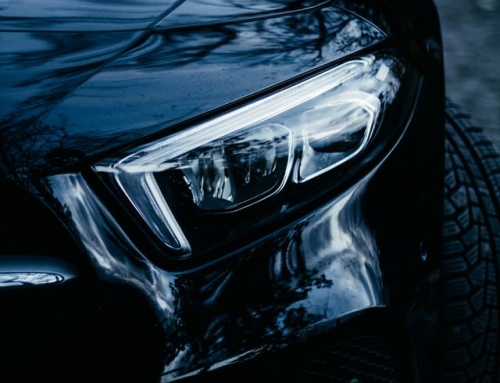 The process of having a car repaired after an accident varies depending on the insurance company (and policy) and the nature of the accident. The first step is to determine the person at fault. Who is at fault affects the way an insurance company handles a claim.
The process of having a car repaired after an accident varies depending on the insurance company (and policy) and the nature of the accident. The first step is to determine the person at fault. Who is at fault affects the way an insurance company handles a claim.
How to Determine Accident Fault
As soon as possible, make a note of the accident by including specific damage to both vehicles and any witness information. If possible, take pictures at the scene. The photos may be critical in proving another driver was at fault. Get the name, address, phone number, and insurance information from the other driver. Ask a police officer when a copy of the accident report will be available.
Call your insurance company and provide the details of the accident. If you are not at fault, the other driver’s auto insurance company is responsible for covering the cost of repairs. The at-fault policy typically pays up to the limit of the policy.
If the limit for property damage is $10,000, but there was $12,000 worth of damage, there are $2000 worth of repairs that are not covered. One can protect against low-limit insurance by purchasing uninsured and underinsured motorist coverage. If one has comprehensive and collision insurance, the collision cover may cover the costs over the at fault’s insurance limit.
A driver is technically at fault if either of the following applies.
- The driver caused the accident.
- The accident occurred when the vehicle was parked.
The Next Step
Usually, the ‘at fault’ insured consumer can tap into their collision or comprehensive coverage or choose to pay for the repairs out of pocket to avoid filing a claim. Filing a claim is step number two if you use your comprehensive or collision coverage.
After filing a claim, have the vehicle damage inspected. An insurance company will either send a trained inspector to handle the process or allow you to have the vehicle inspected at a repair shop of your choice.
The auto repair mechanic and the inspector meet to discuss the situation and arrive at a fair estimate  if there is a disagreement about the damage estimate. If additional damage is discovered while being repaired, either you or the auto repair shop should contact the insurance company.
if there is a disagreement about the damage estimate. If additional damage is discovered while being repaired, either you or the auto repair shop should contact the insurance company.
Final Steps
When the damage has been inspected, the estimate made, and the vehicle is repaired, it is time for the insurance company to pay the bill. There are a couple of options.
- You pay for the repairs and seek reimbursement from an insurance company.
- The insurance company will remit a check to the repair shop.
The options are subject to the insurance company’s policy. Ask ahead before making a decision about handling the cost of repairs. When the car is ready, carefully inspect it before signing the release. It is hard to prove to an insurance company that a shop did a shoddy job after driving the car away from the shop. Avoid any shoddy repairs by choosing a reliable auto body shop such as Superior Auto Body in Fresno, CA to make the repairs.






